Options Core (YEP)
Jump to navigation
Jump to search
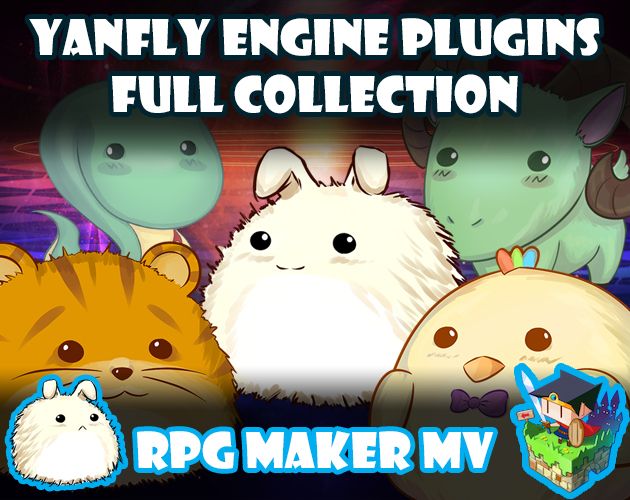
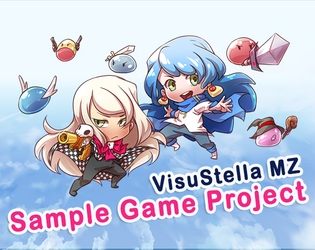
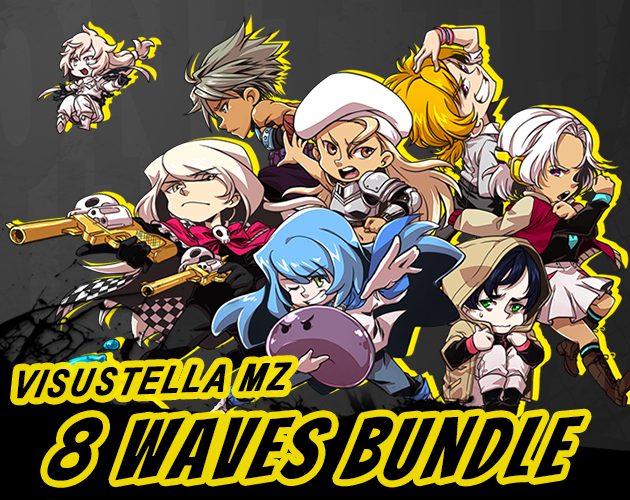
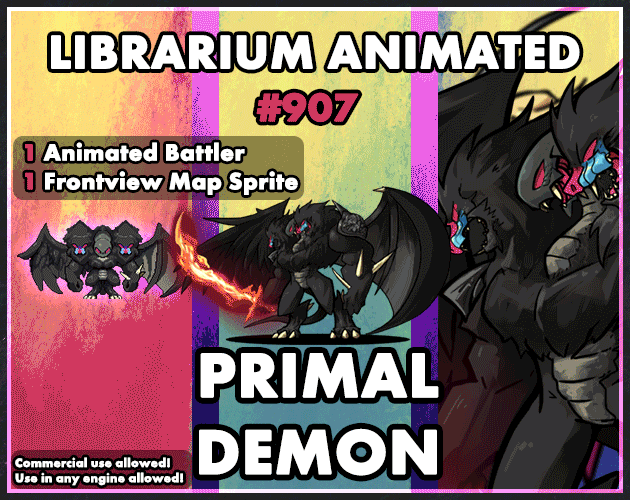
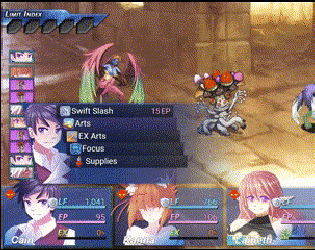
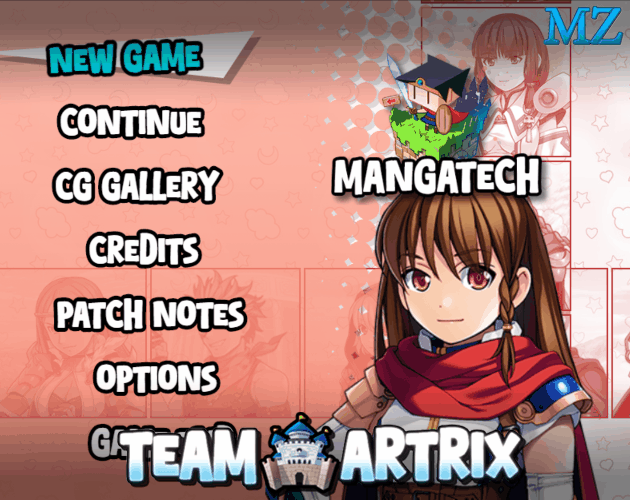
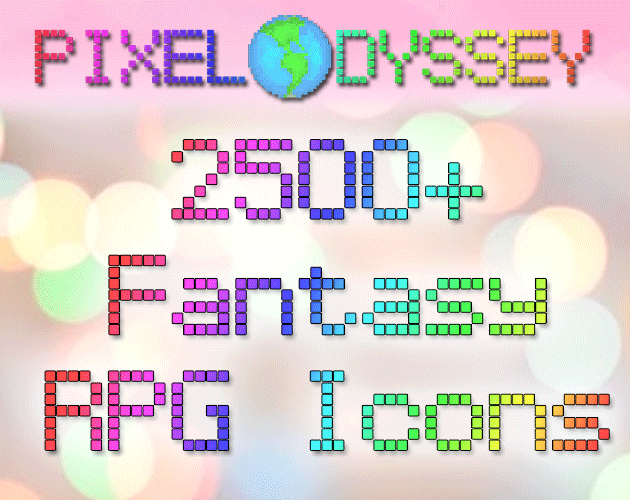
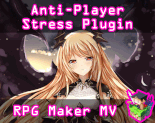
|
Welcome to the wiki! This is where you can find resources from Yanfly.moe, Ækashics.moe,
VisuStella, Caz Wolf, Fallen Angel Olivia, Atelier Irina, and other affiliated content creators.
VisuStella, Caz Wolf, Fallen Angel Olivia, Atelier Irina, and other affiliated content creators.
Download
System
This is a plugin created for RPG Maker MV.
For help on how to install plugins, click here.
For help on how to update plugins, click here.
Got errors with your RPG Maker MV plugin? Click here.
Yanfly Engine Plugins
This plugin is a part of the Yanfly Engine Plugins library.
Introduction
WARNING: This plugin is to be used with RPG Maker MV 1.5.0 or above! This is because the MV 1.5.0+ editor allows for this plugin to be made in an orderly and efficient manner. Please make sure your RPG Maker MV software is up to date before using this plugin. The Options Menu can be the one thing that can change how comfortable a player is with your game. Within the Options Menu, the player can alter any given settings to their liking adjusting to their playstyle. By default, settings like 'Always Dash' and 'Command Remember' are included in RPG Maker MV and other plugins made for RPG Maker MV may also add in newer options to the list. However, the menus themselves were always a bit iffy to look at and/or adjust. This plugin gives the Options Menu a visual makeover and full control over what options can be added to the menu to befit your players! This plugin supports the following plugins: - GamepadConfig.js - YEP_AnimateTilesOption.js - YEP_BattleAniSpeedOpt.js - YEP_FpsSynchOption.js - YEP_KeyboardConfig.js - YEP_X_ActSeqPack3.js - YEP_X_BattleSysATB.js - YEP_X_DifficultySlider.js Be sure to update them if you haven't already.
Instructions
Option Categories Plugin Parameters
This plugin adds in 'Option Categories' into the Options Menu. Aside from the 'All' and 'Exit' categories, all of the categories are customizable from the way they appear in the menu to the way they behave. Here is how each parameter behaves: - - - - - - - - - - - - - - - - - - - - - - - - - - - - - - - - - - - - - - Name: - Determines the way the Category name appears. Name or rename categories as you see fit. You can use text codes with this parameter, allowing you to add icons (\i[x]) or change the text color (\c[x]) of the category. - - - - - - - - - - - - - - - - - - - - - - - - - - - - - - - - - - - - - - Help Description: - This is the text shown in the help window at the top of the Options Menu whenever this category is highlighted. Use it to describe what types of options will appear in this category and how they will affect the game. You may also use text codes with this parameter. Options List: - This is the list of options that appear on the right side of the Options Menu when this category is highlighted or selected. You can add, edit, move around, or delete options from this list as you see fit. For details on how the plugin parameters for the Options List work, look in the next section below: - - - - - - - - - - - - - - - - - - - - - - - - - - - - - - - - - - - - - -
Option List Plugin Parameters
This section explains how the plugin parameters for the Options List operate
and how they interact with the rest of the plugin.
- - - - - - - - - - - - - - - - - - - - - - - - - - - - - - - - - - - - - -
Name:
- Determines the way the Options name appears. Name or rename the option
as you see fit. This does not use the command names provided by other
plugins by default. You can use text codes with this parameter, allowing
you to add icons (\i[x]) or change the text color (\c[x]) of the option.
* If you name this as 'EVAL: code' without the 'quotes', the name of this
option will be whatever string that the code outputs.
- - - - - - - - - - - - - - - - - - - - - - - - - - - - - - - - - - - - - -
Help Description:
- This is the text shown in the help window at the top of the Options Menu
whenever this option is highlighted. Use it to describe what this option
changes for the game.
---
Symbol:
- This is the identifier for the option. Each option should have a unique
symbol, so much as to not cause conflicts within the Options Settings.
However, shared symbols are perfectly fine as long as you're fine with
them performing the same functions when selected.
---
Show/Hide:
- This is the code used to determine if this option will be visible on the
list of options within this category.
To make sure it always shows, use the following code:
show = true;
---
Enable:
- This is the code used to determine if this option will be enabled. It is
recommended that you leave all options as enabled as to not lock away
options from the player.
To make sure it is always enabled, use the following code:
enabled = true;
---
Ext:
- Stands for extension. This serves as a secondary symbol for the option
and it can be used for pretty much anything. It has no direct impact on
the option unless the option's effect is related to the extension value.
The majority of options do not need to make use of the Ext value so it is
best to just leave this alone.
To leave it alone the following code:
ext = 0;
- - - - - - - - - - - - - - - - - - - - - - - - - - - - - - - - - - - - - -
The following section is best left untouched if you do not know any JS
programming and don't have instructions on how to set it up. This is
because all of the behaviors related to the options can be controlled from
here and a mistake can crash the game.
Make Command Code:
- This is the code used to add the option command to the list of options.
Use this to modify the name, symbol, if it is enabled, or change the ext
value before finally adding it to the list.
The default code:
this.addCommand(name, symbol, enabled, ext);
---
Draw Option Code:
- This is how the option is 'drawn' onto the Options window and seen by
your players. Everything here controls the way the option looks from the
way it is named to the position of the text. The majority of the variables
defined towards the beginning of the default code is placed there for the
sake of convenience.
The default code:
var rect = this.itemRectForText(index);
var statusWidth = this.statusWidth();
var titleWidth = rect.width - statusWidth;
this.resetTextColor();
this.changePaintOpacity(this.isCommandEnabled(index));
this.drawOptionsName(index);
this.drawOptionsOnOff(index);
---
Process OK Code:
- This is the code that runs when the player presses any kind of confirm
button (Z, Enter, Left Click) on this option. For most options, this will
switch between an ON/OFF option. For others, this will make the value of
the option scale upwards until it loops back.
The default code:
var index = this.index();
var symbol = this.commandSymbol(index);
var value = this.getConfigValue(symbol);
this.changeValue(symbol, !value);
---
Cursor Right Code:
- This is the code that runs when the player presses the RIGHT button.
Usually, this will move most options into an ON position. For others, this
will scale the value of the option upward.
The default code:
var index = this.index();
var symbol = this.commandSymbol(index);
var value = this.getConfigValue(symbol);
this.changeValue(symbol, true);
---
Cursor Left Code:
- This is the code that runs when the player presses the LEFT button.
Usually, this will move most options into an OFF position. For others,
this will scale the value of the option downward.
The default code:
var index = this.index();
var symbol = this.commandSymbol(index);
var value = this.getConfigValue(symbol);
this.changeValue(symbol, false);
---
Default Config Code:
- When creating new options, this determines the default value of the
option. For most options, this starts in an OFF position, which is usually
represented by a 'false' boolean.
The default code:
ConfigManager[symbol] = false;
---
Save Config Code:
- This determines how saving the Options Settings is done through code.
Normally, this takes on the value as it is for the ConfigManager.
The default code:
config[symbol] = ConfigManager[symbol];
---
Load Config Code:
- This determines how the ConfigManager loads the saved Options Settings
upon the loading of the game. Normally, this takes on whatever settings
stored within the config file and plants it straight into the
ConfigManager directly.
The default code:
ConfigManager[symbol] = !!config[symbol];
- - - - - - - - - - - - - - - - - - - - - - - - - - - - - - - - - - - - - -
Changelog
Version 1.02: - Bypass the isDevToolsOpen() error when bad code is inserted into a script call or custom Lunatic Mode code segment due to updating to MV 1.6.1. Version 1.01: - Updated for Message Speed Options. Version 1.00: - Finished Plugin!